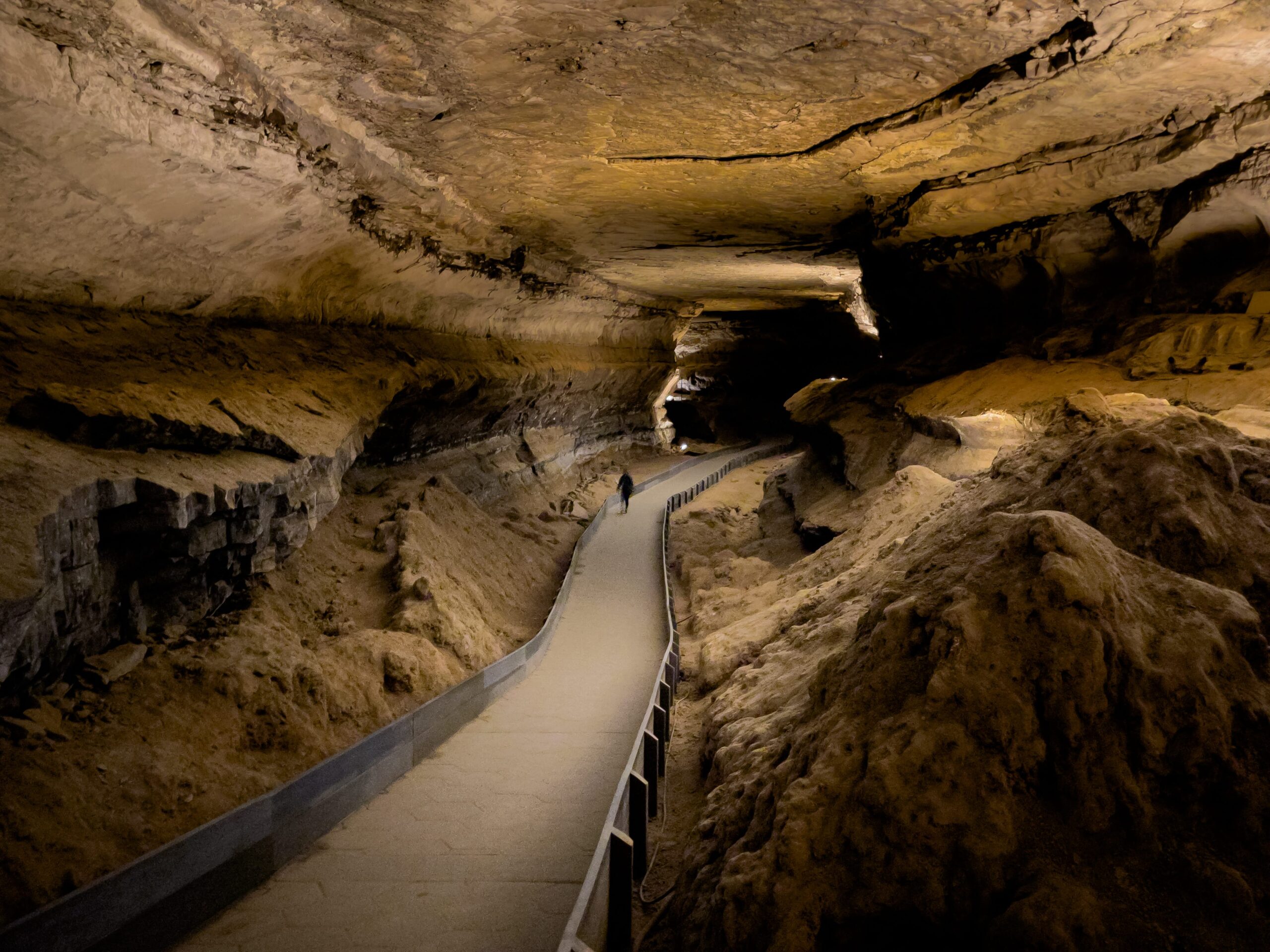A formerly undiscovered species of shark was discovered in a rock layer at Mammoth Cave National Park, which is a Kentucky park known as the home to the world’s longest cave systems.
According to the National Park Service, Mammoth Cave and the National Park Service Paleontology Program were in the middle of an ongoing paleontological resources inventory when they found a fossil in a cave wall within the Ste. Genevieve Formation rock layer.
Upon inspection, experts determined the small spoon-like teeth visible belonged to a brand new species of petalodont (often called a “petal-toothed” shark).
“The newly-identified shark species lived in the seas of the Carboniferous period, approximately 337 million years ago,” SciNews said. “It belongs to Petalodontiformes, an extinct order of cartilaginous fishes related to modern-day chimaera.”
The fossil was classified as a Strigilodus Tollesonae, which translates to “Tolleson’s Scraper Tooth.” CBS News said this was in honor of Mammoth Cave National Park Guide Kelli Tolleson, who the NPS said provided “outstanding field support” for the paleontological inventory.
According to experts, when the shark was alive, it lived like a modern skate. Meaning it fed on snails, bivalves, soft-bodied worms and smaller fish.
“Strigilodus tollesonae was a type of extinct shark that is more closely related to modern ratfish than to other modern sharks and rays,” said John-Paul Hodnett, a paleontologist with the National Park Service and Maryland-National Capitol Parks and Planning Commission, to Sci News.
One of the hallmarks of the shark that made the fossil stand out and led to its identification was its teeth.
“The teeth were arranged in a fan-like structure with a large tooth in the middle and three other teeth, decreasing size, next to it,” NPS said. “Each tooth had a single rounded curved cusp for clipping and grasping hard shell prey, while the inner/tongue side of the tooth was long with ridges for crushing.”
The discovery marked a success for NPS and the paleontological resources inventory, which has been ongoing since November 2019.
According to its website, uncovering fossils like these come with extreme difficulties for crews. Most sites have low ceilings, so volunteers are forced to crawl for long distances either on their hands and knees or occasionally belly crawling. Any artifacts found have to be carefully examined and extracted with hand-held tools.
“At least 70 species of ancient fish have been identified at Mammoth Cave from the over 25 caves and cave passages that have been surveyed,” NPS said.
Officials waited to announce the discovery until National Fossil Day on Oct. 11
“We are excited to finally announce the discovery of our first new shark species at Mammoth Cave on NFD,” Superintendent Barclay Trimble said on the NPS website. “Teams of geologists, paleontologists, park staff, and volunteers have been hard at work deep inside the cave identifying and collecting fossils since the paleontological resources inventory began in 2019. Their important research allows us to better understand the scope, significance, distribution, and management issues associated with the fossil record found within Mammoth Cave.”
According to CBS, the 350-million-year-old cave system has ideal conditions for preserved fossil finds. NPS said that the “constant even temperatures, slow erosion rates and protection from external erosional forces.”
“To date, more than 100 species of ancient cartilaginous fishes—a group that includes sharks, rays and skates—have been identified there,” Newsweek said.


